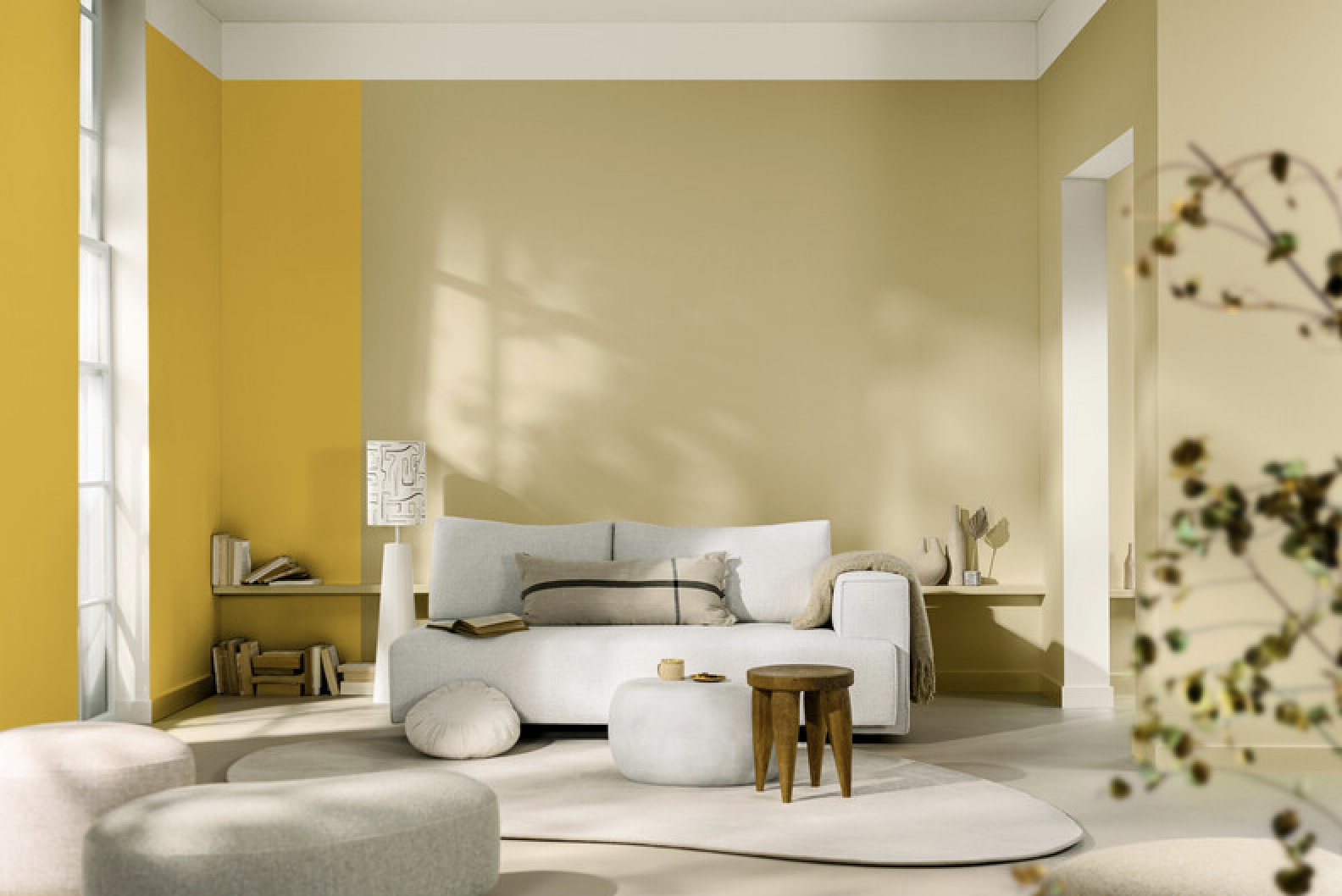Homes are more than just functional spaces; they reflect identity, influence mood, and shape daily experience. While layout and furniture contribute to this, colour remains one of the most powerful tools in creating atmosphere. Grounded in psychological principles and design theory, colour theory offers valuable guidance for selecting palettes that support comfort, energy, and harmony throughout a home.
Evoking Mood and Emotion Through Colour Selection
Colour theory is based on the idea that different colours influence emotional states. When applied with intention, colour can help establish the overall mood of a room and guide how it is experienced day to day.
- Blue is often associated with calm and clarity, making it a suitable choice for bedrooms or quiet areas.
- Green suggests balance and stability, and is commonly used in living spaces or home offices.
- Yellow conveys warmth and positivity, ideal for kitchens or family areas.
- Red creates energy and stimulation, making it effective in social settings when used with care.
These associations are supported by findings from Colour Emotion in Full-Scale Rooms. The research found that warm colours, such as yellow and pink, produced stronger emotional effects than cooler tones like green and blue, with warm hues often linked to joy and stimulation, while cool colours were associated with a sense of calm and acceptance.
When colour is chosen in line with a room’s purpose and emotional intent, it becomes a practical tool for creating a comfortable and engaging home atmosphere.
Using Colour to Influence Spatial Perception
Beyond mood, colour affects how a space is perceived. Light tones can make small rooms feel larger and more open. Darker colours add depth and can make spacious areas feel more grounded or intimate.
Applying the 60-30-10 rule, where 60% of a room features a dominant colour, 30% a secondary, and 10% an accent, helps maintain visual balance. This approach supports flow between rooms and contributes to a cohesive overall atmosphere.
Achieving Balance with Colour Schemes and Accents
A well-designed space rarely relies on a single shade. Instead, colour theory supports the use of coordinated schemes to create depth and visual interest. Complementary colours introduce bold contrast and vibrancy, while analogous colours produce a more subtle, calming effect.
These relationships make it possible to layer colour in a way that feels both cohesive and expressive. Neutrals can serve as a grounding base, while richer or brighter tones used as accents bring energy and contrast. For example, a soft grey interior might be warmed with ochre cushions, brass fixtures, or a rust-coloured rug, adding depth and interest without overwhelming the space.
The placement of colour also plays a role. Accent tones used sparingly through furniture, textiles, and artwork help tie the room together and allow flexibility for updates over time, all while reinforcing the room’s intended atmosphere.
Supporting the Home’s Atmosphere Through Thoughtful Colour Application
The way a colour looks can change depending on the lighting and time of day. A tone that appears warm and inviting in natural light might feel cooler or more subdued under artificial light. These shifts can influence how consistent the atmosphere feels across different conditions.
Understanding how colour behaves in varied lighting helps ensure the mood remains stable. A palette chosen with these changes in mind can keep the home feeling balanced from morning to evening. For this reason, many people turn to trusted interior decorating services that consider not only the visual appeal of a colour, but also its performance in real spaces, under real lighting, and across different materials.
Bringing Atmosphere to Life Through Colour
Colour plays a foundational role in shaping both the emotional and spatial qualities of a home. With thoughtful application, guided by colour theory, each room can be tailored to support its intended purpose and feeling. The result is a space that feels cohesive, comfortable, and aligned with how it’s meant to be lived in. When used well, colour quietly transforms interiors into environments that feel just right.

